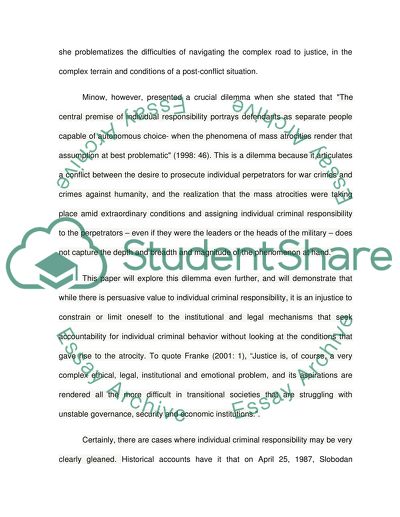Cite this document
(“Minow's dilemma critical evaluation Essay Example | Topics and Well Written Essays - 2000 words”, n.d.)
Retrieved from https://studentshare.org/history/1430402-consider-minow-s-dilemma-the-central-premise-of
Retrieved from https://studentshare.org/history/1430402-consider-minow-s-dilemma-the-central-premise-of
(Minow'S Dilemma Critical Evaluation Essay Example | Topics and Well Written Essays - 2000 Words)
https://studentshare.org/history/1430402-consider-minow-s-dilemma-the-central-premise-of.
https://studentshare.org/history/1430402-consider-minow-s-dilemma-the-central-premise-of.
“Minow'S Dilemma Critical Evaluation Essay Example | Topics and Well Written Essays - 2000 Words”, n.d. https://studentshare.org/history/1430402-consider-minow-s-dilemma-the-central-premise-of.


